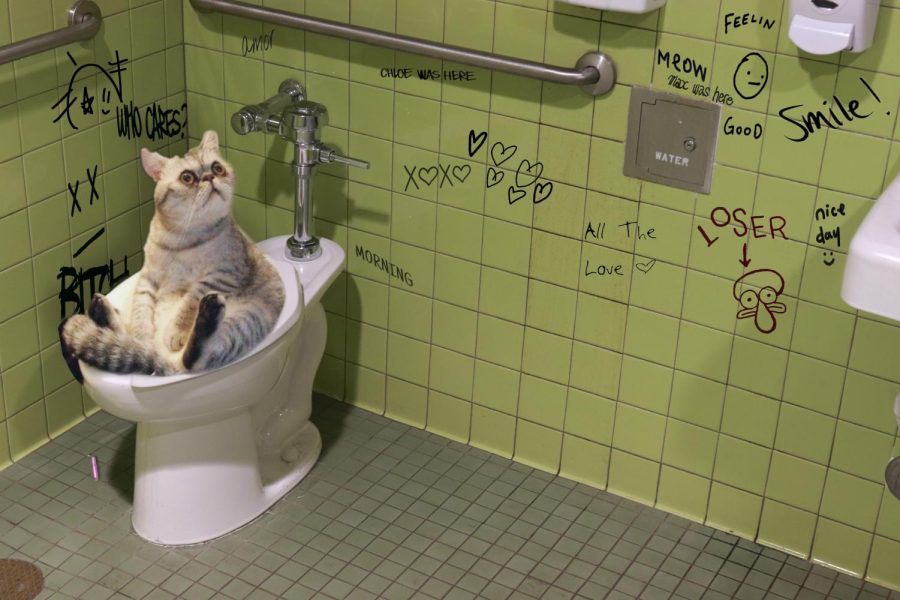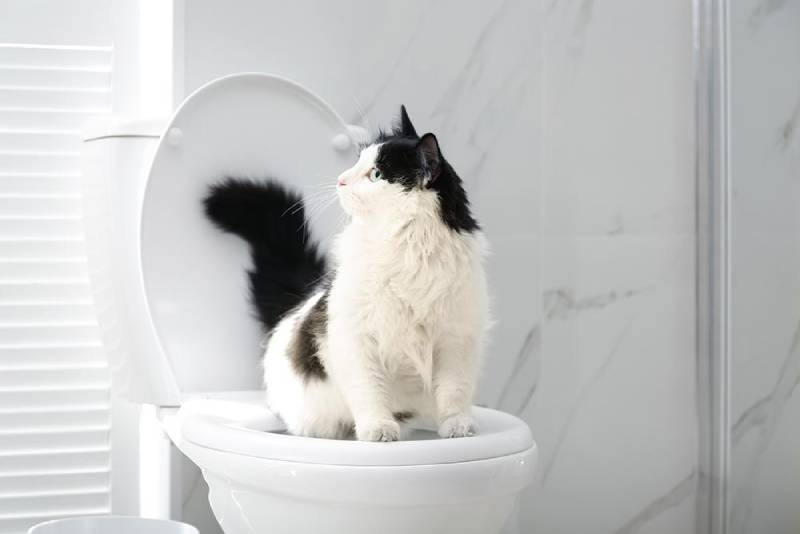The Risks of Animal Waste in the Toilet
The Risks of Animal Waste in the Toilet
Blog Article
This post underneath pertaining to 10 Things You Should Never Flush Down The Toilet is truly attention-grabbing. Read it yourself and figure out what you think about it.

When it pertains to disposing of waste, specifically animal waste, many people typically consider the practical alternative of flushing it down the toilet. However, this relatively easy solution can have serious effects for the environment and public health. In this article, we'll discover why flushing pet waste down the toilet is a bad idea and supply different approaches for proper disposal.
Introduction
Appropriate garbage disposal is vital for preserving environmental sustainability and public health. While it might appear harmless to purge animal waste down the commode, it can lead to numerous problems, both for the setting and human well-being.
Dangers of flushing pet waste
Ecological influence
Purging pet waste presents hazardous bacteria and pathogens right into rivers, which can negatively influence aquatic ecosystems. These virus can contaminate water sources and damage marine life, interfering with delicate ecological communities.
Public health concerns
Pet waste contains dangerous microorganisms such as E. coli and Salmonella, which can position severe health and wellness risks to humans. Purging animal waste down the commode can infect water products, resulting in the spread of diseases and infections.
Alternatives to flushing
Rather than purging animal waste down the toilet, there are several different disposal approaches that are a lot more eco-friendly and hygienic.
Composting
Composting pet waste is an eco-friendly method to throw away it. By composting, raw material is broken down into nutrient-rich soil, which can be used to feed yards and plants.
Landfill disposal
Throwing away pet waste in a garbage dump is one more option. While not as environmentally friendly as composting, it is a more secure choice to flushing, as it avoids the contamination of water sources.
Pet garbage disposal systems
There are specialized animal garbage disposal systems offered that securely and hygienically get rid of animal waste. These systems usually utilize enzymes to break down waste and eliminate smells.
Steps to proper pet garbage disposal
To ensure appropriate disposal of pet waste, follow these steps:
Scooping and landing waste
Consistently scoop and bag pet waste using eco-friendly bags. This stops waste from polluting the setting.
Using assigned waste containers
Dispose of bagged pet waste in marked waste bins, such as garden compost containers or landfill bins. Prevent flushing it down the commode at all expenses.
Cleaning can and pet locations routinely
Routinely tidy can and animal areas to stop the accumulation of waste and bacteria. Usage pet-safe cleansing products to preserve health.
Advantages of appropriate disposal methods
Adopting appropriate disposal techniques for animal waste uses numerous benefits:
Minimized environmental pollution
Correct disposal approaches lower the danger of environmental pollution, protecting waterways and ecosystems from contamination
Reduced danger of water contamination.
By staying clear of flushing animal waste down the bathroom, the risk of water check here contamination is substantially decreased, securing public health.
Improved cleanliness and health
Appropriate disposal techniques advertise far better hygiene and health, developing a much safer atmosphere for both people and pets.
Final thought
To conclude, flushing animal waste down the commode is hazardous to the setting and public health. By taking on alternate disposal methods and complying with proper waste management methods, we can lessen the adverse impact of animal waste and add to a cleaner, healthier planet.
What To Do With Dog Poo – The Do's And Don'ts Of Disposing Of Faeces
Dog poo bins
Some councils provide dedicated dog waste bins in popular dog-walking areas that can take dog poo that has been bagged but you can legally dispose of dog waste in any public litter bin, as long as it is securely bagged. This also applies to your wheelie bin at home.
Do not flush
Water companies do not recommend flushing dog faeces down the toilet because certain parasites can survive the water processing treatment and are potentially harmful to humans. You should also never consider flushing dog poo that has been bagged down the toilet as the bags will not break down and instead create severe blockages in the sewage system.
In the woods
The Forestry Commission promotes a ‘stick and flick’ method for dealing with waste in the woods. This means finding a stick and using it to flick any poo from off the path so that it is out of the way of other walkers. You could also bury it as long as it is not in an area where there might be livestock.
Livestock
Parasites found in dog poo can be transmitted to livestock if they inadvertently eat infected faeces that has been left on grazing land. This could result in the death of sheep or abortion in cattle so you should always make sure you pick up your dog’s waste in fields where livestock could be present.

Routinely tidy can and animal areas to stop the accumulation of waste and bacteria. Usage pet-safe cleansing products to preserve health.
Advantages of appropriate disposal methods
Adopting appropriate disposal techniques for animal waste uses numerous benefits:
Minimized environmental pollution
Correct disposal approaches lower the danger of environmental pollution, protecting waterways and ecosystems from contamination
Reduced danger of water contamination.
By staying clear of flushing animal waste down the bathroom, the risk of water check here contamination is substantially decreased, securing public health.
Improved cleanliness and health
Appropriate disposal techniques advertise far better hygiene and health, developing a much safer atmosphere for both people and pets.
Final thought
To conclude, flushing animal waste down the commode is hazardous to the setting and public health. By taking on alternate disposal methods and complying with proper waste management methods, we can lessen the adverse impact of animal waste and add to a cleaner, healthier planet.
What To Do With Dog Poo – The Do's And Don'ts Of Disposing Of Faeces
Dog poo bins
Some councils provide dedicated dog waste bins in popular dog-walking areas that can take dog poo that has been bagged but you can legally dispose of dog waste in any public litter bin, as long as it is securely bagged. This also applies to your wheelie bin at home.
Do not flush
Water companies do not recommend flushing dog faeces down the toilet because certain parasites can survive the water processing treatment and are potentially harmful to humans. You should also never consider flushing dog poo that has been bagged down the toilet as the bags will not break down and instead create severe blockages in the sewage system.
In the woods
The Forestry Commission promotes a ‘stick and flick’ method for dealing with waste in the woods. This means finding a stick and using it to flick any poo from off the path so that it is out of the way of other walkers. You could also bury it as long as it is not in an area where there might be livestock.
Livestock
Parasites found in dog poo can be transmitted to livestock if they inadvertently eat infected faeces that has been left on grazing land. This could result in the death of sheep or abortion in cattle so you should always make sure you pick up your dog’s waste in fields where livestock could be present.

I am just very taken with Why you should never flush dog poop down the toilet and I really hope you enjoyed reading the new article. You should take the opportunity to promote this page if you liked it. Thanks a lot for being here. Please pay a visit to our blog back soon.
Click Here Report this page